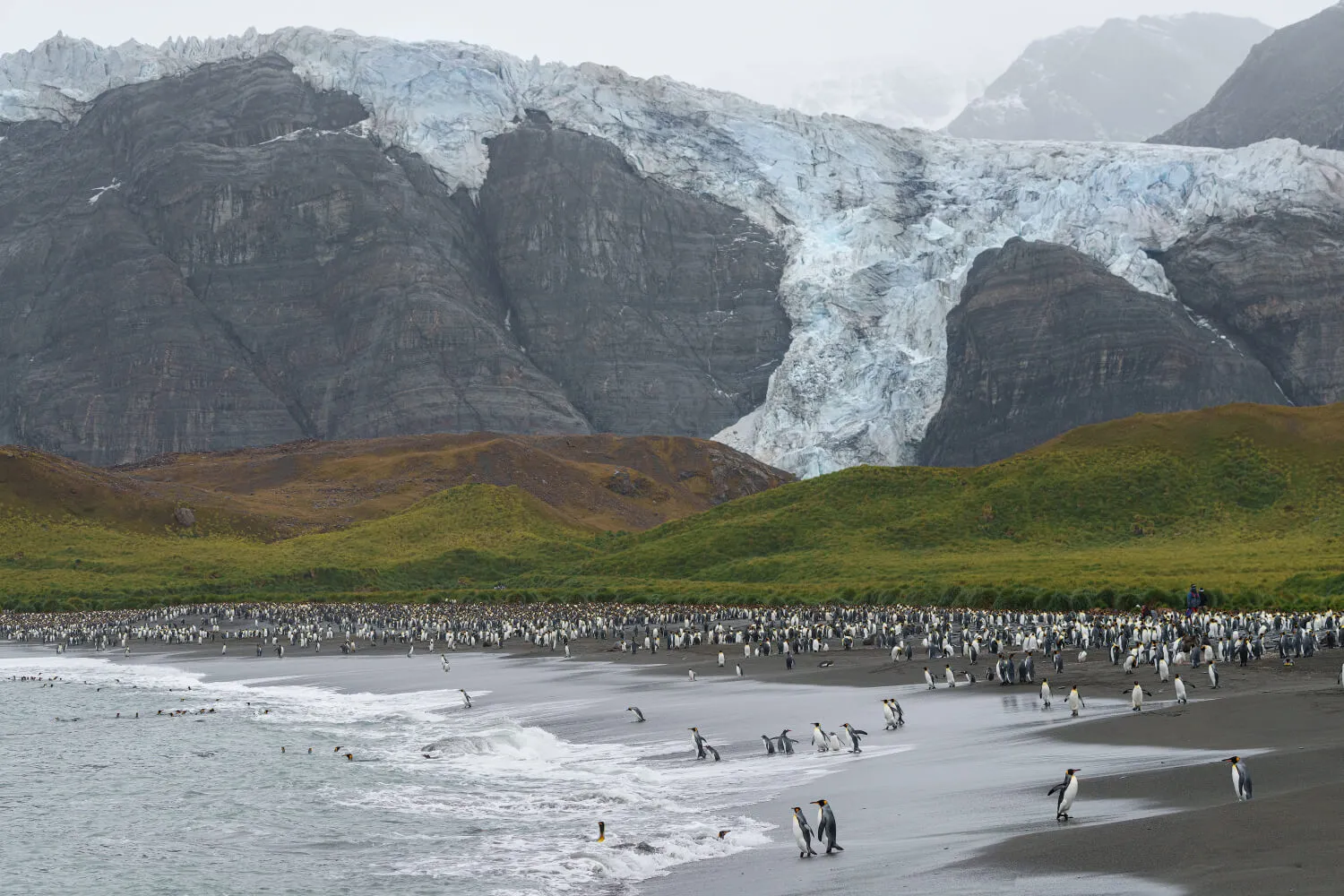

We hope you enjoy this brief dose of polar history, the first in our Famous Antarctic Explorers Series!If it wasn't for brave and adventurous and curious men like Sir Ernest Shackleton and Robert Falcon Scott, we likely might not be able to travel to Antarctica and explore this wondrous place on earth. These explorers truly (and literally) paved the way to these remote places so that we, more than a hundred years later, could walk in their footsteps on virtually the same untouched ground.The first explorer in our series is Sir Ernest Henry Shackleton. Known for his expeditions to Antarctica, this early explorer is definitely one of the White Continent's heroes, during a time dubbed the "Heroic Age of Antarctic Exploration."The Expeditions Shackleton's Antarctic adventures included the Discovery Expedition, from 1901 through 1903; the Nimrod Expedition, from 1907 through 1909; the Imperial Trans-Antarctic Expedition (most commonly known as the Endurance Expedition), from 1914 through to 1917; and his final voyage, the Shackleton-Rowett Expedition, from 1921 until his death in 1922.The BeginningBorn in Kilkea, Athy, County Kildare, Ireland, Sir Ernest Henry Shackleton was destined to lead three British expeditions to the bottom of the world. He was the third officer on Captain Robert Falcon Scott's Discovery Expedition at the start of the 20th Century. This expedition definitely paved the way and planted a deep-seated passion for Antarctica.The Second VoyageSeveral years later, Shackleton set off again for Antarctica, this time with the goal of going further south than he had previously with Discovery. Along with Scott, Shackleton reached 82°S during the Discovery Expedition, but this time he and his team were able to reach 88°S. Because of this achievement, Shackleton was knighted by King Edward VII when he returned home to England.The Third and Final VoyageThe South Pole was reached in December 1911 by Roald Amundsen, which meant a new goal needed to be set and a new Antarctic first needed to be achieved. This lead Shackleton to cross the Antarctic continent, from sea to sea, cutting through the South Pole. Aptly named the Imperial Trans-Antarctic Expedition, this disastrous voyage took a sudden turn when their ship, Endurance, was trapped in a pack of ice. The crew managed to escape in time in lifeboats and land on Elephant Island where, following one of the most incredible stories of survival, they were eventually rescued by the Chilean ship Yelcho.The EndShackleton was not deterred by his failed attempt with Endurance. On the contrary, his heart belonged to this great continent, and in 1921 he decided to go back with the Shackleton-Rowett Expedition. Sadly, Shackleton died of a heart attack, one month shy of his 48th birthday while moored in South Georgia. At the request of his wife, Shackleton was buried there and his grave site can be visited to this day.
Related Articles
Experience the Extraordinary
From dramatic landscapes to close wildlife encounters, every journey to the White Continent is unique. Let's start planning yours together.
















